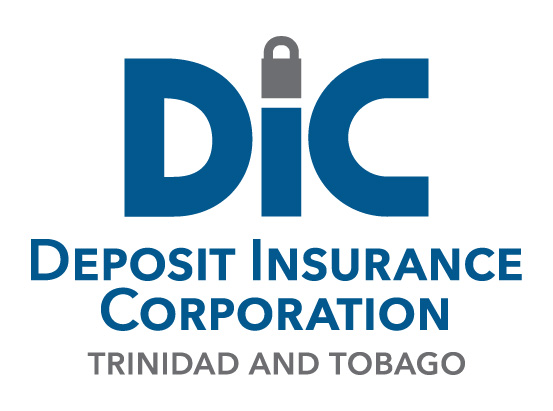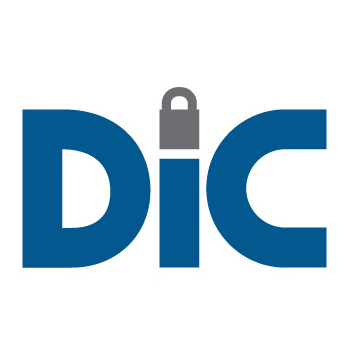No. The main office and all branches are considered to be one institution. Therefore, the accounts would be added together and insured up to the $200,000 maximum. However, separately constituted subsidiaries or associated companies are recognised as distinct legal entities for deposit insurance purposes.
Frequently Asked Questions
Did You Know?
- Misconception: All financial institutions that take deposits are covered under the Deposit Insurance Fund - Fact: ONLY member institutions that are licensed under the Financial Institutions Act, 2008 are covered under the Deposit Insurance Fund. This legislation provides for the regulation of commercial banks and other institutions engaged in the business of banking and business of a financial nature.




